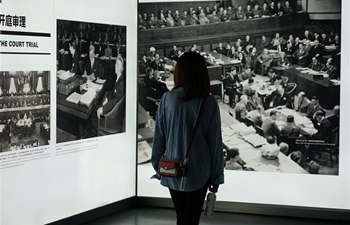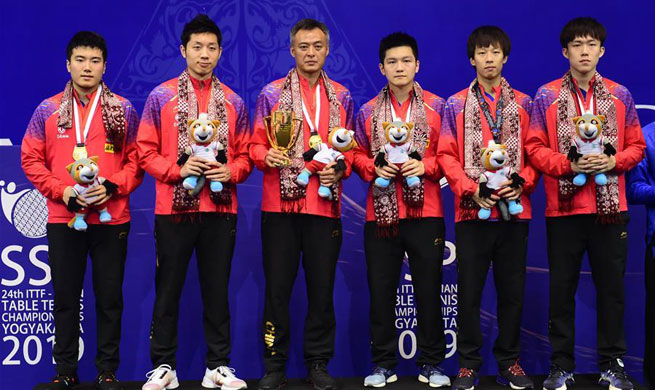WASHINGTON, Sept. 18 (Xinhua) -- Engineers in the United States and Japan have developed the first hardware that could bridge the gap between classical computing and quantum computing.
The study published on Wednesday in the journal Nature described the device that serves as a basis for building probabilistic computers to more efficiently solve problems in areas such as drug research, encryption and cybersecurity, financial services, data analysis and supply chain logistics.
The classical computers store and use information in the form of zeroes and ones called bits while quantum computers use qubits that can be both zero and one at the same time.
A research group from Purdue University proposed an idea of a probabilistic computer using so called "p-bits" that can be either zero or one at any given time and fluctuate rapidly between the two.
Supriyo Datta, a professor with Purdue, called p-bit "poor man's qubit," as there is a useful subset of problems solvable with qubits that can also be solved with p-bits. Qubits demand really cold temperatures to operate, but p-bits can work at room temperature, so existing electronic hardware could be adapted to build a probabilistic computer, according to the study.
The team modified a kind of random-access memory (MRAM) that uses the orientation of magnets to create states of resistance corresponding to zero or one.
Researchers from Tohoku University made the device unstable to better facilitate the ability of p-bits to fluctuate, and Purdue researchers combined it with a transistor to build a three-terminal unit whose fluctuations could be controlled. Then, eight such p-bit units were interconnected to build a probabilistic computer.
The computer can break down numbers such as 35,161 into smaller numbers, a calculation often considered a "quantum" problem, according to the study.
Although such work can also be done with classical computers, the probabilistic approach would take up much less space and energy.
"On a chip, this circuit would take up the same area as a transistor, but perform a function that would have taken thousands of transistors to perform. It also operates in a manner that could speed up calculation through the parallel operation of a large number of p-bits," said the paper's co-author Ahmed Zeeshan Pervaiz at Purdue.
The researchers said hundreds of p-bits would be needed to solve bigger problems, but that's not too far off.

















